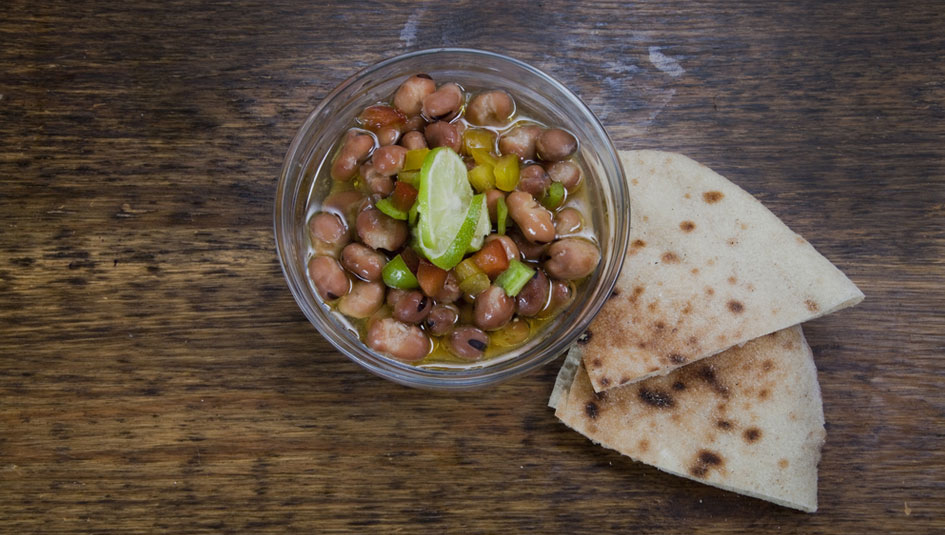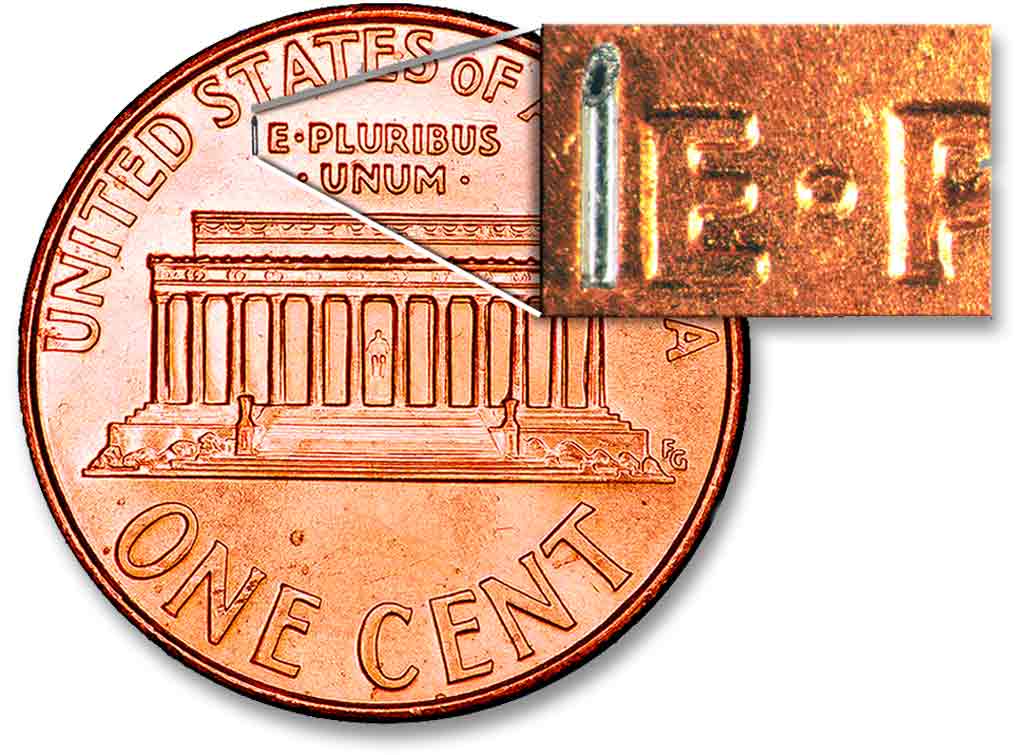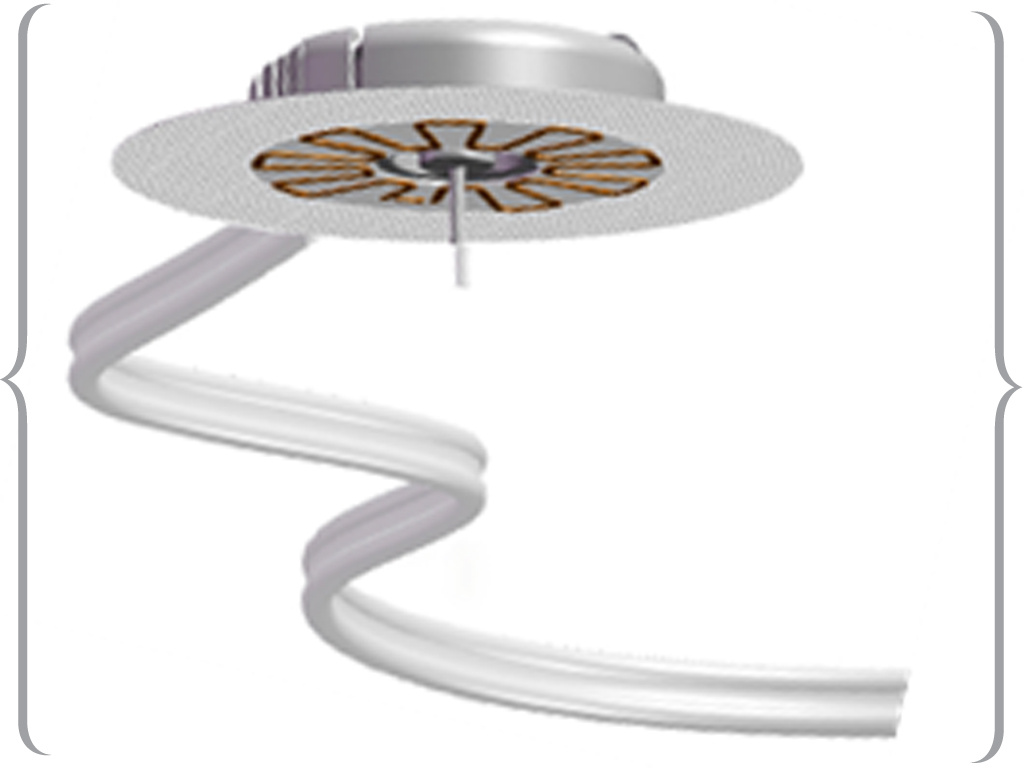Culturally Relevant Carbohydrate Counting Guide

Carol Brunzell, RDN, LD, CDE, has traveled around the world to share her knowledge on diabetes management and nutrition in different communities. The past few years, she’s taken her pediatric endocrine team to East Africa to train health care professionals who work with children with Type 1 diabetes. Because of these experiences and observations gleaned from working with immigrant communities here in the United States, she’s come to appreciate the critical need for culturally relevant educational materials.
At home, Brunzell has worked with a lot of Somali immigrants. She lives in Minnesota, which is home to approximately 38,500 Somali residents, the largest Somali population in the U.S. The Somali population, which has grown all over the United States, has a higher prevalence of Type 1 diabetes. It affects 1 in 400 children compared to 1 in 1,000 in the general population.
Individuals in Somali communities face a number of challenges when receiving diabetes care in the United States and in their home country. These include language barriers and low literacy rates (especially among female caregivers), as well as other social barriers and stressors. On top of these challenges, there is minimal literature to assist with carbohydrate counting for traditional Somali foods, which vary from one region to the next.
To assist Somali communities in the U.S. and abroad, Brunzell worked as part of a research team led by Muna Sunni, MBBCh, MS to develop a free, online cultural tool for carbohydrate counting for traditional Somali foods. (Many of the foods are staples of other diets around the world.) Brunzell told Endocrine Today that the team created the tool by collecting information from questionnaires completed by hundreds of Somali adults and children, discussions with a Somali dietician, home visits with Somali volunteers, visits to local Somali grocery stores and restaurants, and more. Team members then prepared the most common foods using a traditional Somali cookbook, totaling the carbohydrate content of the ingredients.
The tool includes information on Somali dietary staples such as rice, spaghetti, soor (Italian polenta), canjeero/lahoh (thin unsweetened pancake), malawah (thin sweet pancake), muufo (similar to cornbread) roti (flatbread), sabaayad (chapati), oatmeal, barley, teff, sorghum, beef, goat, lamb, camel, goat liver, kidney, cambuulo and/or roti.
According to Brunzell, the Somali community has been very happy with the new tool and its inclusion of traditional Somali foods. Brunzell relates, “I continuously ask for their feedback and if I have missed any foods. So far, everyone is very pleased and tells me I have included all the typical foods.” She adds that the research team has also recorded, or provided new translations, for 9 diabetes education videos in Somali. These resources will be made public soon.
The Somali Carbohydrate Counting Guide can be found here.
Do you have an idea you would like to write about for Insulin Nation? Send your pitch to submissions@insulinnation.com.
Thanks for reading this Insulin Nation article. Want more Type 1 news? Subscribe here.
Have Type 2 diabetes or know someone who does? Try Type 2 Nation, our sister publication.







